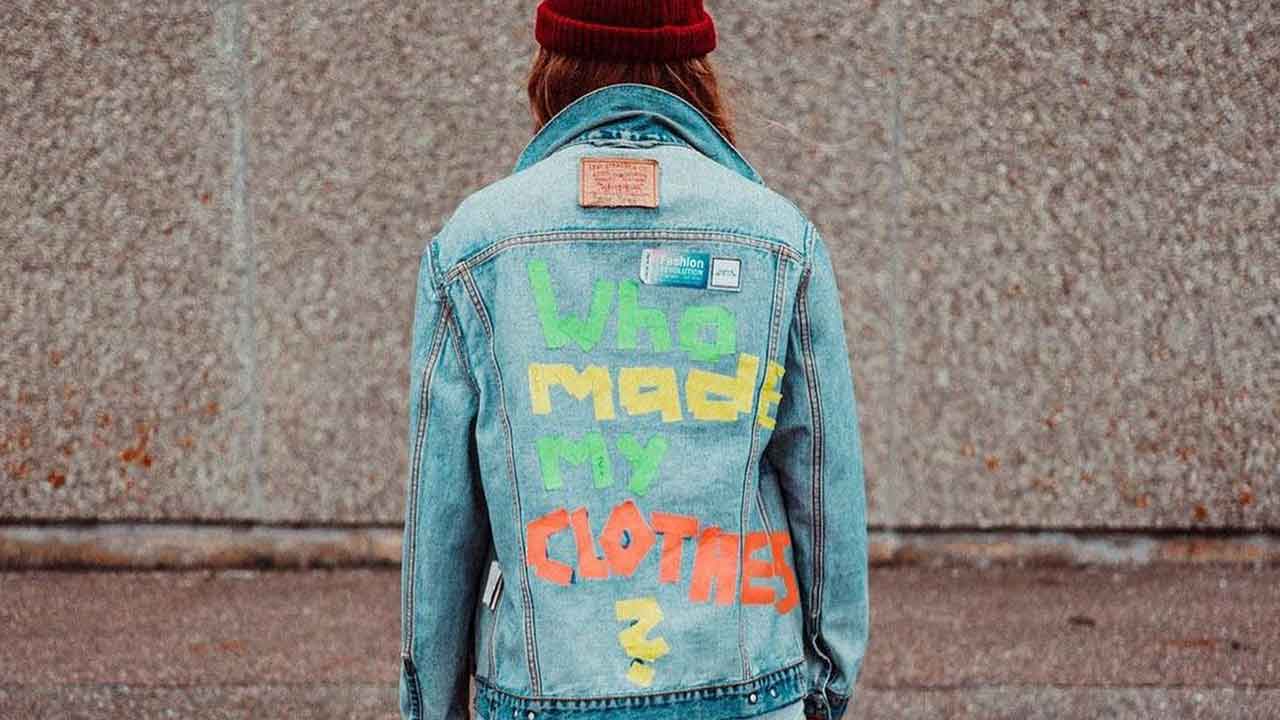Fashion Revolution Week is over, but the fight continues

We’re becoming more conscious of where our clothes come from and how workers are compensated for their labour, and people such as Carry Somers and Orsola de Castro - the founders of Fashion Revolution - have been major players in increasing awareness.
The pair of former fashion designers created Fashion Revolution - and the accompanying hashtag #WhoMadeMyClothes - back in 2014, almost a year after the devastating Rana Plaza Collapse in Bangladesh resulted in the deaths of 1100 people and injuries of another 2500.
Since then, Somers and Castro have marked the anniversary of the disaster each year with their annual Fashion Revolution Week. This year’s theme, Money Fashion Power, shone a light on how power and wealth are disproportionately held by a few in the mainstream fashion industry who rely on the exploitation of people and natural resources for profit.
“As we enter our 9th year, we will go back to our core, exposing the profound inequities and social and environmental abuses in the fashion supply chains,” de Castro said in a statement.
“From the uneven distribution of profits, to overproduced, easily discarded fashion, to the imbalances of power that negate inclusion. On the other hand, inspiring new designers, thinkers and professionals all over the world are challenging the system with solutions and alternative models.
“Fashion Revolution Week is all of this, scrutinising and celebrating fashion, globally, locally, wherever you are.”
Though the week of events have come to an end for 2022, there are still some things we can do to advocate for a fairer industry - and it can be as easy as opening your wardrobe.
1. Write to a policymaker or brand
Taking action doesn’t need to always be on a global scale, and writing to your local policymaker can be an effective way to make a difference in your area even after Fashion Revolution Week ends.
Using Fashion Revolution’s handy template, you can find the contact details of your local Australian Senator or Member here, while New Zealand MPs can be found here.
Or, you can ask your favourite brands who makes the clothes they sell via social media, using the hashtags #WhoMadeMyFabric and #WhatsInMyClothes, or using Fashion Revolution’s email template.
2. Take a look at your wardrobe
Considering the clothes already in our wardrobes is another way we can make a difference. Caring for our clothes, repairing them when they tear or lose a button, or repurposing unrepairable clothes are some simple ways we can make them last.
When we do need to add something to our wardrobes, opting for secondhand clothing and consulting the Fashion Transparency Index before buying new clothing can help us make more informed choices and support companies making positive changes.
3. Arm yourself with knowledge
Another way to take action is to educate yourself on the issues facing the fashion industry, and Fashion Revolution has plenty to choose from.
Their series of ‘pay what you can’ fanzines cover everything from the industry’s relationship with the environment to the opaque nature of supply chains, and you can see what garment workers experience first-hand through the Garment Worker Diaries website.
Image: @fash_rev (Instagram)
